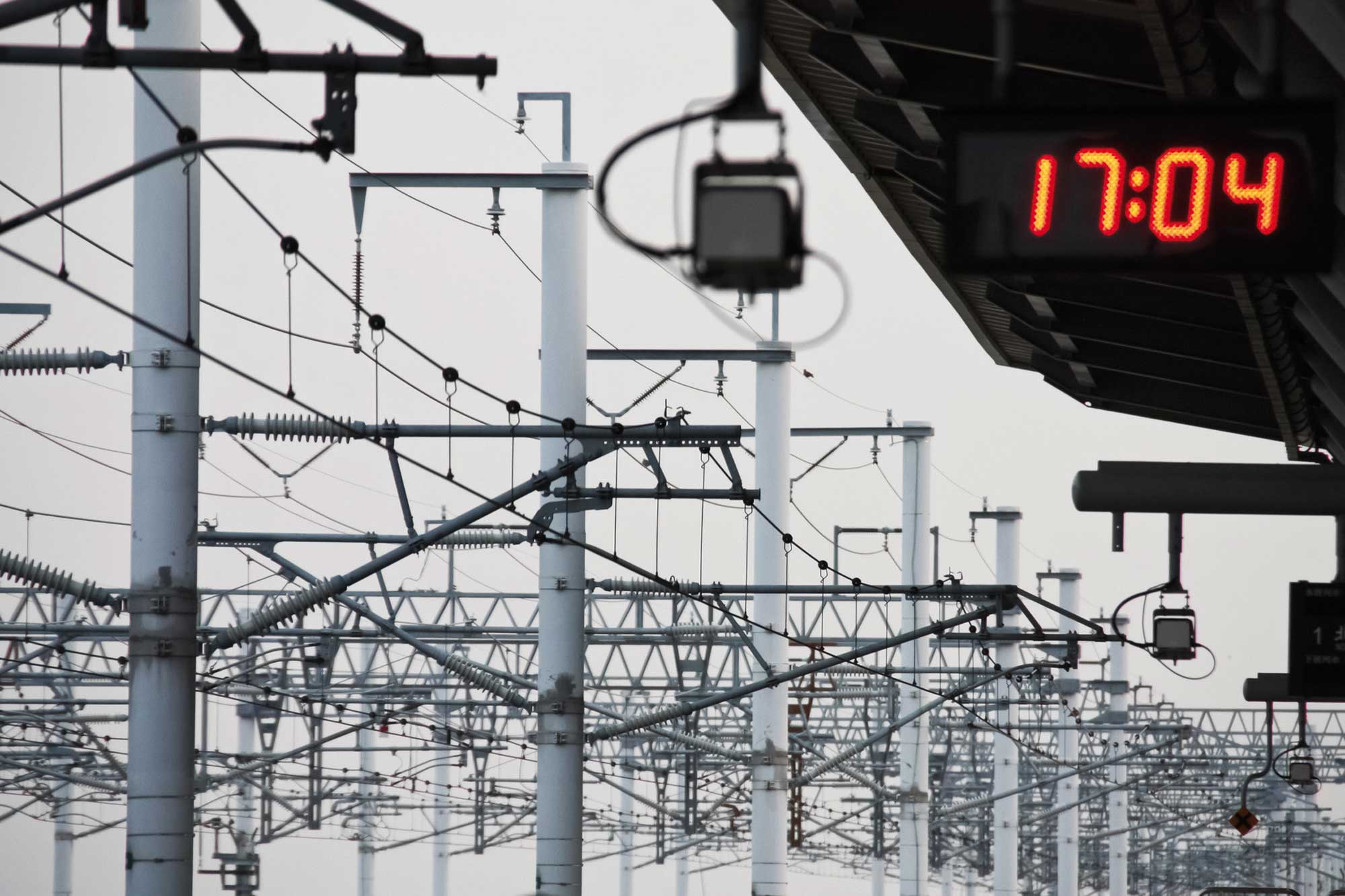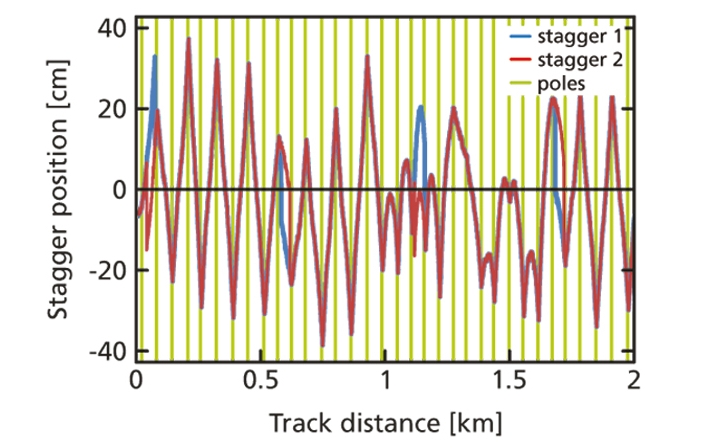Knowing the exact poles’ position
Railway companies usually do not determine the positioning of infrastructure or the indication of critical areas on the basis of GPS data. Instead, the poles installed along the railway line serve as a reference. Although the poles are apparently simple objects, their precise detection and assignment – especially from moving measuring platforms – poses a challenge: Camera images are not sharp enough and do not distinguish poles from other vertical structures such as trees or signs. In addition, many different types of poles are installed. Fraunhofer IPM therefore relies on laser-based sensors for pole recognition.

